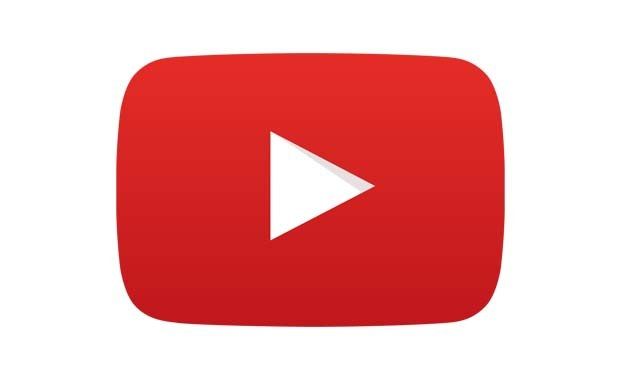THE MASKED TRUTH – Should You or Should You Not Wear Your Face Mask?
It is 2021, and who has not heard of Covid-19 yet might have been stuck in outer space since early 2019. Indeed, this meteor of a pandemic has hit the world hard, taking billions from corporations, taking loved ones from their families and trying so hard to isolate a rather social species such as humans. More than a year on, there have been over 150 million reported cases, over 3 million dead and a handful of vaccines we are still figuring it out. One might have thought that we would have had some definite answers by now, but even supposedly simple questions as wearing of face masks seem to keep experts in the Villa Pisani labyrinth.
And we are still asking. Does the mask definitely prevent transmission of Covid-19? When and where is most appropriate to wear the mask? What type of mask do I wear? How long do I wear a single mask for? Is the mask hurting me in another way I cannot see or is it just another unnecessary symbol to reinforce this grueling trauma of a pandemic?
Quite early on, when most countries were trying ease out of their first lockdowns, the fierce propaganda for mask wearing began. World leaders took advice from experts, who propounded that wearing of face masks could help reduce the transmission of the virus from person to person. A study revealed that while the virus would incubate in an infected person for about 2 to 15 days, they do replicate also, at this early stage. Being situated in the upper respiratory tract, particles (aerosols and droplets) that accompany one’s talking and breathing may well carry the virus and suspend them in the air, waiting for another to breathe them in.1 Hence transmission from the infected person to another. Another study told us that the concentration of virus particles in children is similar to that in adults, making the former as dangerous as the latter. Yet another study said that the peak of infectiousness occurred within two to half a day prior to the onset of symptoms.2 This meant that given that people with symptoms (including coughing and sneezing) actually stayed at home like they had been told to, your greatest threat for infection could be anyone and everyone around you in public.
These and many more studies intended to and did advice the policy that everyone in public must wear a face mask to prevent the spread of infections. It was even added that the spread is best curtailed when there is a high compliance (over 70%) to the mask policy. So then, you must wear a mask!
But should we? As expected, not all researches were enthused by this new piece of fashion, and so did some search of their own. It was observed that many of these studies cheering for masks did not actually involve Covid-19 cases, but so-called similar viruses that were mostly prevalent in Asian settings such as SARS-CoV and influenza. The studies did not specify what types of masks were involved in the studies, and whether homemade masks could hold up the threshold amount of aerosol arising from speech and breathing.3 They also did not consider at all, the hygiene involved with the usage of facemasks, which may as well act as a plate for collecting viruses, from which one can comfortably inoculate themselves with at the end of the day if not handled properly. Other concerns over the mask propaganda is that it drowned out other safety precautions such as touching of one’s face and so on.4
That being said, there were a few takeaways regarding the masks. The N95 mask appears to offer the most protection, with a pore size of approximately 0.3 µm (microns). This gives approximate 95% protection (masks should remove 95% of all particles that are at least .3 µm). The surgical masks however are the masks, most commonly worn in the hospital setting, have larger pores size, offering approximately 60 to 80% protection. Some people even fold bandannas across their mouth/nose which offers little protection, approximately 20%. Remember however, SARS-Cov-2 enveloped virus measures approximately 0.1 µm. Some would say that it the virus could be as small as 100 times smaller than the average pore size of the average mask. That being said, the virus is usually associated with a fluid droplet which is generally larger than the actual virus itself, so some materials can become trapped in the face mask. Now, keep in mind, that the best mask is the N95 however the folks at the NIH, in an eLife article, April 2020, reported that, “At present, it is unclear whether surfaces or air are the dominant mode of SARS-Cov-2 transmission, but N95 masks should provide some protection against both.”
So, should we or should we not wear facemasks? Honestly, it is as if researches have moved on from this question without answering it. They would rather put their wits to finding a working vaccine, which is understandable. The policy has been well sounded worldwide, the WHO and other health agencies have backed it, some governments, even with force where they can.
As to whether the facemask is definitely helping to cull the pandemic, or is just a placebo to throw water on people’s fears and anxiety, we might not really know. It seems like the answer itself, is behind a mask.
2. Use of face masks in the community by non-ill individuals (europa.eu)
3. Uncover_003-03_summary_-_facemasks_community_anon.pdf (ed.ac.uk)
4. Hung_asu_0010N_18395.pdf
